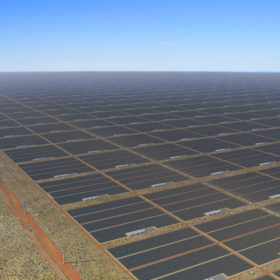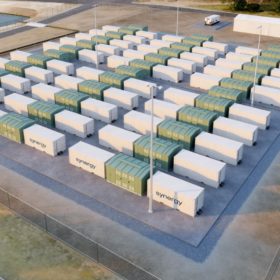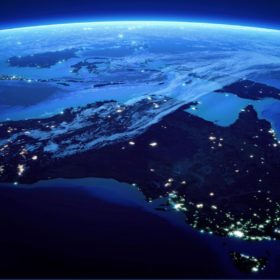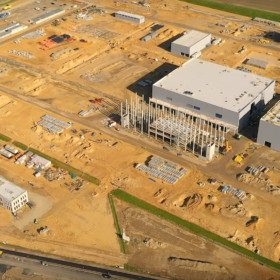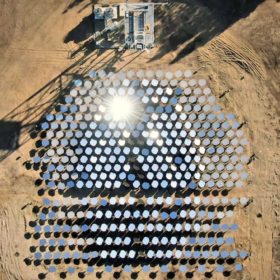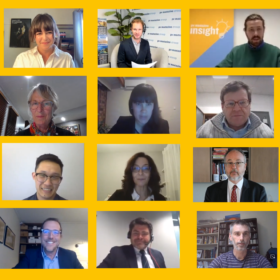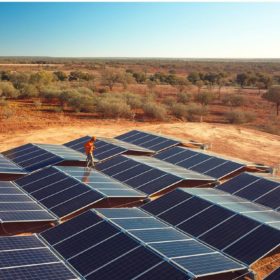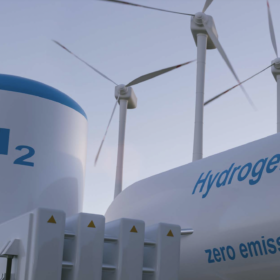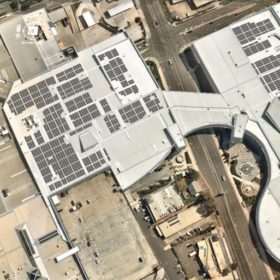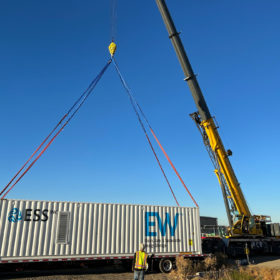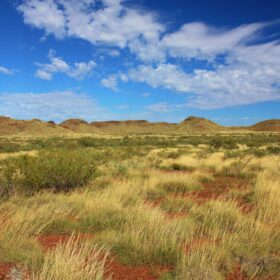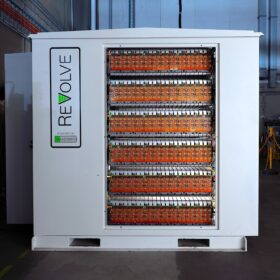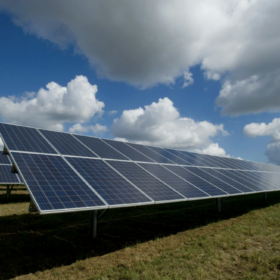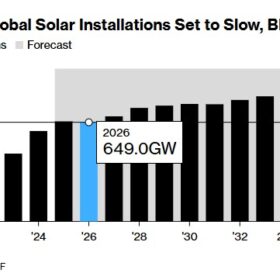Sun Cable names ‘global experts’ to deliver massive solar+storage project
Singapore-based Sun Cable has unveiled a powerhouse line-up of international engineering and advisory companies to help it deliver the world’s biggest solar PV and battery energy storage project being developed in Australia’s remote far north.
New Horizons secures contract for WA’s biggest battery
Italy-headquartered energy storage specialist New Horizons Ahead has been awarded the contract to build a 100 MW/200 MWh battery energy storage system (BESS) at the site of the decommissioned Kwinana Power Station near Perth in Western Australia.
Report finds co-located hubs key to battery industry competitiveness
A report from Australia’s Future Battery Industries Cooperative Research Centre which analysed the development of battery hubs in the U.S., Germany and Japan, has found that co-location and cooperation between industry and government were key to hub success. For Australia to play the same game, it will have to leverage its wealth of resources, and clean up its act along the way.
Umicore to purchase 42,000 tons of Australian lithium battery material
Belgian materials company Umicore has signed a contract with Australia headquartered Vulcan Energy Resources to purchase up to 42,000 tons of lithium hydroxide over a five year period beginning in 2025. The material will be used in Umicore’s production of cathode materials for lithium-ion cell manufacturers.
Woodside teams with U.S. start-up to explore solar thermal technology
Australian oil and gas giant Woodside is continuing its exploration of renewable energy, partnering with United States-based concentrated solar power entity Heliogen to build a 5 MW solar thermal demonstration plant in California which is expected to be capable of delivering clean energy with nearly 24/7 availability.
Insight Australia 2021, fully charged
Insight Australia 2021 took place on October 12th. Its wide range of speakers and Australian focus attracted many to watch the event live and participate in the insightful Q&As. For those that weren’t able to join us but are at all interested in the performance and safety of battery energy storage in the energy transition, the recording is now available.
Sun Cable customer exits as energy price rises take toll
The world’s biggest solar PV and storage project has suffered a setback after a Singapore electricity retailer which had lined up to be a foundation customer for the renewable energy generated by Australia’s $26 billion Sun Cable project announced it will cease operations amid a record-breaking spike in electricity prices.
Why the NSW hydrogen strategy is ‘smarter’ in its $80 billion industry proposition
The New South Wales government at long last released its hydrogen strategy today. The wait, according to hydrogen expert Andrew Horvath, has been worthwhile. He described the strategy as clever in its approach to drawing longterm hydrogen investment into the state. “It’s a little bit different the way [NSW] looked at it,” he told pv magazine Australia, refuting the strategy’s branding as less ambitious than other states.
CEP.Energy teams with Enerven to accelerate solar+storage strategy
Green energy fund CEP.Energy is forging ahead with plans to establish itself as a renewable powerhouse, appointing Adelaide-headquartered contractor Enerven to provide engineering, procurement and construction services as it looks to accelerate its ambition to build 1.5 GW of solar and 2 GW of big battery capacity around Australia.
Iron flow battery tech shows promise for mid-duration energy storage
The ESS battery systems have a prescribed design life of 25 years, but the battery modules, electrolyte, plumbing, and other components may well last for decades longer with proper maintenance.
